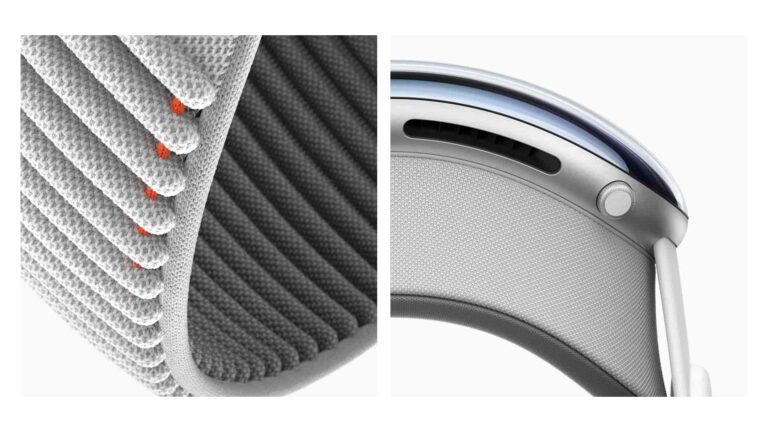
June 5, 2023 was a day that the AR world had been waiting for. Tim Cook took the stage WWDC to reveal Apple’s first AR device. The Vision Pro was born – the most powerful computing device Apple has built to date, and the most advanced AR headset the world has yet seen.
But despite those accomplishments, public reaction was mixed. We saw standard snickers from Apple haters and fanboys alike. The device is too bulky, doesn’t offer a compelling use case, and is way too expensive, were common refrains. That last complaint has been the most resounding.
But do these gripes miss the point? Is this a first-generation device meant to demonstrate what’s possible at any cost? Will Vision Pro get better, faster, and cheaper over several generations, just like the iPhone’s evolutionary path? In other words, is Apple playing a long game?
Furthermore, what are Apple’s motivations? What will be the evolutionary path and killer apps? These questions trace back to our “follow the money,” exercise – a thread we pull in the latest report from our research arm, ARtillery Intelligence, with this week’s featured excerpt below.
Power & Perspective
Since Vision Pro launched, legions of newcomers have come out of the woodwork as AR experts – a similar phenomenon seen these days in AI. But with such an immersive and visually-oriented UX, you have to strap on the device before a bonafide opinion can be formed.
In fact, the power and perspective from wearing AVP can be seen in CNBC financial commentator Jim Cramer’s metamorphosis from curmudgeon to fanboy. A similar process could unfold for countless detractors, like ardent Blackberry users circa 2007 who swore off touchscreens.
Or… the broader public will reject the device. Beyond its demand-constraining price tag, is Vision Pro compelling enough to get mass markets over the inherent resistance to wear a computer on their face? The answer to other companies who have attempted this is largely no.
Even if Apple is able to pull this off, adoption will take years to scale, as several iterative cycles will drive the price down and other kinks ironed out. But in the meantime, Vision Pro shows a glimmer of hope to do for faceworn AR what everyone else has failed to do: make it mainstream.
And it’s off to a decent start, to the tune of 200,000 estimated units sold in pre-orders. Though that’s nowhere near iPhone scale (the iPhone didn’t reach iPhone scale in its first week either), it has eclipsed analyst estimates and doubled the AR glasses market in 7 days.
Between & Beyond
Speaking of sales estimates, how many Vision Pro units will Apple sell in the near and long term? If the device is to fulfill the role that many XR advocates assign to it – as a force to begin to mainstream spatial computing – it will have to reach a certain degree of market penetration.
Such market projections are always difficult, but we’ve made some estimates based on all the signals we ingest during our frequent market-sizing endeavors. In our recent head worn AR forecast, for example, we did this for AVP and its competitors in the AR glasses sector.
Diving into the numbers, we’ve estimated that AVP will sell about 500,000 units in its first year, growing to 5.4 million by 2027. This correlates to revenue of $1.75 billion, growing to $15.66 billion by 2027. These figures are relatively minor in Apple hardware terms, but major in AR terms.
To provide a bit more color on the latter, Apple’s entrance could inflect the AR glasses market, due to the low scale on which it operates today. For example, if the above projections are on target, Vision Pro would effectively 5x the size of the existing headworn AR market by 2027.
Back to the question of Vision Pro’s path to broader adoption, we put its long-term chances at iPad levels. It won’t replace your iPhone but it could replace your iPad, as its entertainment and productivity functions fill a similar role between (and beyond) your phone, computer, and TV.
We’ll pause there and circle back in the next installment with more Vision Pro analysis and projections. Meanwhile, check out the full report here.






